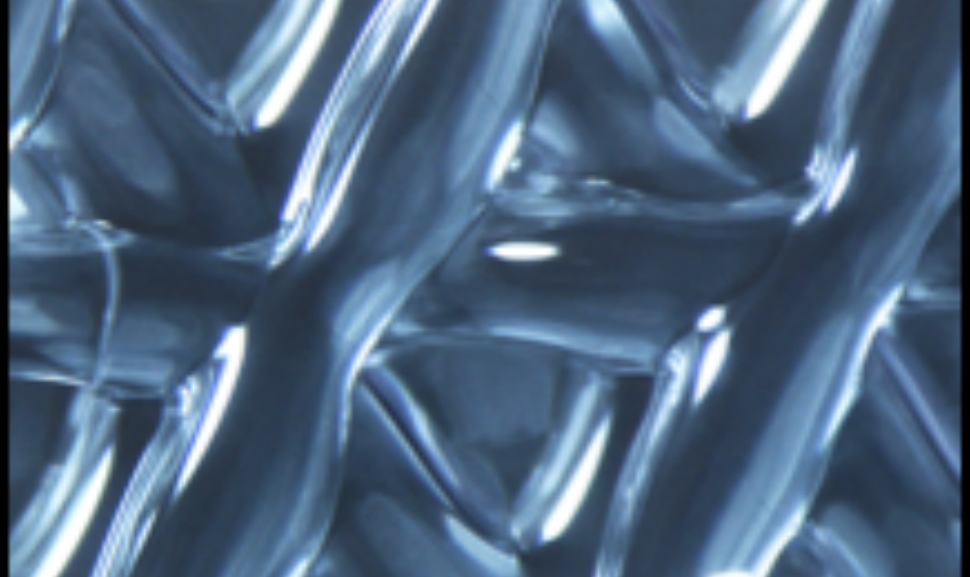Marc Zarefsky, October 2, 2016
A team of scientists at Northwestern University is exploring the use of 3D printing as a potential solution to restore fertility in women.
That?s right: 3D printing.
The researchers have already successfully transplanted 3D-printed prosthetic ovaries into mice and plan to do the same with pigs, which are more similar to humans in terms of anatomy, physiology and immunology.
The goal, though, is to help women, particularly the thousands of female cancer survivors who have fewer sex hormones and face difficulties getting pregnant after undergoing chemotherapy and radiation treatment earlier in their lives.
"Our motivation for creating an engineered ovary starts with the need to restore hormone function and the option of fertility in young girls or women who have insufficient ovarian function,? says Monica Laronda (at far right above), Assistant Professor and Director of Basic and Translational Research for the Fertility and Hormone Preservation and Restoration Program at the Stanley Manne Research Institute at Ann & Robert H Lurie Children?s Hospital and the Feinberg School of Medicine at Northwestern University. "Girls who have not undergone puberty are not able to stimulate and preserve eggs prior to treatment like some adult women may choose to do. There is also a chance that some girls do not undergo normal puberty due to the effects of their treatment on their ovaries.?
Other researchers have attempted to solve this problem by transplanting ovarian tissue slices - complete with ovarian reserve cells - back into patients. The complication, Laronda explains, is that the transplanted issue can still contain cancer cells. So Laronda and Northwestern colleagues Ramille Shah, Teresa Woodruff and Alexandra Rutz (left to right above) came together to develop a safer option that restores ovarian function while still using a woman?s own cells.

The answer, at least so far, relies on a 3D printer and gelatin.
The team used a 3D printer to determine the appropriate scaffold - or form design that can support ovarian follicle units. As Laronda explained, these follicle units are spherical cell clusters that contain a potential egg cell in the middle of nurturing, hormone-producing cells. The follicles inside the printed scaffold - what the team calls the ovarian bioprosthesis - were transplanted into a mouse whose ovaries were surgically removed. The ovarian bioprosthesis restored hormones in the mouse and ovulated eggs that were fertilized and produced healthy offspring.
Gelatin was used to develop the ovarian bioprosthesis implanted in the mouse. According to Shah, an assistant professor in Materials Science and Engineering, gelatin is used because:
* it is non-toxic to cells
* it promotes cell interaction and adhesion
* it can be remodeled by cells
* it is scalable (so it can be clinically translated)
* it is inexpensive
Shah?s lab has used 3D printing for several years in order to develop new biomaterials to regenerate different tissues and organ structures. When Woodruff, whose lab is next door to Shah?s, learned of this, the research team was born.
"One of my primary motivations for being involved in biomedical research is to be able to engineer biomaterials and implants that can enhance patient quality of life,? Shah said. ?Engineering an artificial ovary bioprosthesis with the potential to help female cancer survivors live healthy and normal lives ? would be a significant accomplishment.?
Shah explained that in order for humans to benefit from their work, the team must first be able to produce - and print - the ?engineered? ovary using clinical grade materials and in a regulated manufacturing environment. She added that the ovarian bioprosthesis will likely not be the only organ replacement to one day be printed.
"This work is the first demonstration of a 3D printed artificial environment that has led to the functional recovery of an organ structure,? Shah said. ?There are many more exciting things to come as we develop new biomaterials and strategies using 3D printing to further refine the ovary bioprosthesis, as well as other structures for different tissue and organ targets.?







